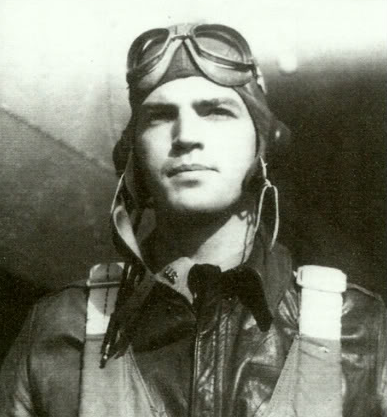Van Craddock's Gregg County Tales
City banked its success on T. Crawford Morgan
On March 22, 1909, Longview banker T. Crawford Morgan married Muzie Buchanan. Friends were amazed that Morgan would take time off from his many business and civic responsibilities, even to get hitched.
After all, Morgan definitely was a “Type A” personality.
The man was in perpetual motion, a friend said, because he was “sheer energy and determination, living and working at high tension and ignoring all obstacles to success.”
Morgan was born in 1876 in Upshur County and his family moved to Longview when he was a youngster. He attended Add-Ran Christian University (later called Texas Christian University) and after graduation worked as an office boy at Longview’s First National Bank.
Young Morgan soon became assistant cashier and then cashier of First National. By 1911, he was named bank president. He was 35 years old, one of the youngest bank presidents in Texas.
Morgan was much involved in the community. No doubt he got his sense of civic responsibility from his father, Christopher C. Morgan, a longtime Gregg County commissioner.
T. Crawford Morgan joined the Knights of Pythias, served eight years on the Longview City Council and represented Longview on the Gregg County school board. He helped lead the drive for a modern Longview High School campus, which opened in 1910.
An opponent of “demon rum,” Morgan also was elected an officer of the Texas Anti-Saloon League.
A Texas newspaper noted Morgan was “a very pleasing after-dinner speaker and seems to fully appreciate the value of brevity of speech and concentration of thought.” Crawford and Muzie eventually had two children, Tyrrell and Ralph.
In 1912, the First National Bank erected an impressive four-story building, plus a full basement and rooftop garden, at the corner of Tyler and Fredonia streets.
(The building was badly damaged in an August 1918 fire that gutted the top floor and damaged several offices. However, repairs were made and the First National would be the tallest building in downtown Longview until the mid-1930s.)
By 1912, Morgan also was president of the Longview Chamber of Commerce. By September that year, he had put together a group of investors for the “Longview interurban” project, a proposed electric-powered railroad that would operate between Longview and Shreveport, La., with a second possible route from Longview to Texarkana.
At the time, interurban rail systems ran on almost 500 miles of track in Texas, including several operating in the Dallas-Fort Worth area. The advantage of the electric train was, one supporter said, “No cinders, no dirt, no dust, no smoke.”
Morgan’s syndicate had arranged “Eastern capital” for the 65-mile interurban. According to the Sept. 24, 1912, Marshall Messenger, Shreveport and Texarkana officials initially were supportive of the project but the line never became reality.
In addition to his bank and chamber positions, Morgan was a director of the Republic Trust Co. of Texas and the Longview Mutual Building and Loan Association. In May 1915 h helped form the Red River and Gulf Terminal Railway Co.
The following year he partnered with Col. L. P. Featherstone to create the Texas Steel Company, which would mine East Texas iron ore. That venture eventually fell through.
Morgan served as First National’s president until resigning his position in 1919. He and wife Muzie eventually relocated to Houston where Morgan was vice president of the Virginia Co., hoping to sell 48,000 acres of “valuable oil leases” in 29 Texas counties.
Longview’s 1912 First National Bank building continued to serve the community until the mid-1950s when it was razed to make way for a much larger structure.
That 10-story building at Tyler and Fredonia streets opened in May 1956 and remains Longview’s tallest downtown structure.
Van Craddock, a 1970 SFA graduate, has written a column for the Longview News-Journal since 1978. He has published two collections of his News-Journal columns, most recently a book titled “East Texas Tales: A Celebration of Pineywoods People, Places, Facts and Fables.” The U.S. Army Vietnam veteran serves on the Gregg County Historical Commission. Van and wife Bettye (a former SFA Pine Log editor) live in Longview.


